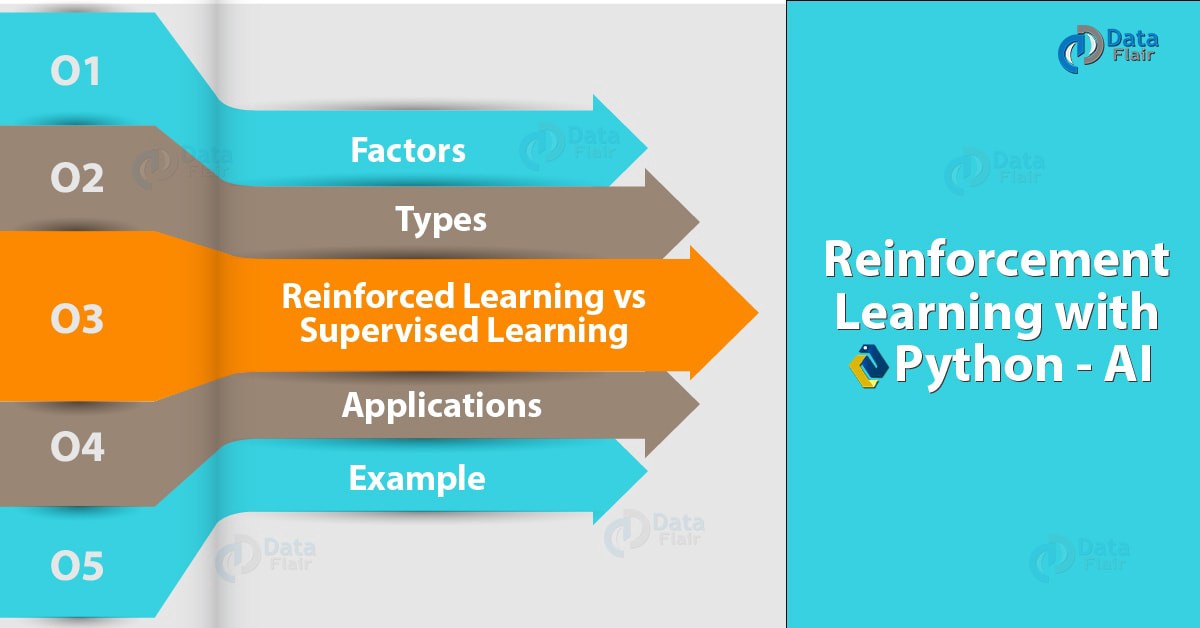
What is a Recurrent Neural Network or (RNN)? RNNs, or recurrent neural networks (RNNs), are neural systems that learn by mapping inputs and word pairs. A neural network with multiple layers would have several layers that each map to a specific phrase or word. In the third stage, the inputs from the previous step would be represented as a hidden state. This cycle is repeated until you have learned the final target word. The RNN will then output a word prediction from the inputs.
Recurrent neural networks
A common method for machine learning is the use of recurrent neural networks. They are composed of a collection of hidden layers. Information is propagated through all layers. It is possible to determine the output of a neural network that recurrently uses a comparison of its current state and a target output. An error is produced when the two results are different. Recurrent neural networks are also commonly used in machine translation. They work by analyzing a sequence or input data and determining the likelihood of each word within the output sentence.

LSTM
LSTM is short-term, long-term memory. This artificial neural network is used for deep learning and artificial Intelligence. It has feedback connections that allow it to process both single data points or entire sequences. It can learn new situations by retrieving and reprocessing previous learned information. The effectiveness of LSTM models in machine learning and artificial Intelligence has been highly praised.
Convolutional neural network
Convolutional neural networks use many layers to process images. The number of neurons per layer is dependent on the volume of the output volume. The convolutional neural network uses a raw image to determine the features it can detect through spatially-local correlation. One example is that different neurons might be activated depending on whether there are blobs of color or edges.
One-to-one
There are two main types, One-to-1 RNN or Many-to-1 RNN. One-to-1 RNNs are very simple and produce only one output for each input. The One-to-Many RNN model, on the other hand, takes multiple inputs and predicts only one output. It is frequently used in music generation or sentiment classification. Each has its advantages and disadvantages.

Many-to-one
The simplest type of neural networks is one-to-one RNN architecture. It produces only one output for each input. The many-to-1 RNN architecture generates multiple outputs from a single input. It is often used in music generation and sentiment classification. One-to-one RNN uses one input and one output to classify a document as positive or negative.
FAQ
What is the role of AI?
An algorithm refers to a set of instructions that tells computers how to solve problems. An algorithm can be described in a series of steps. Each step must be executed according to a specific condition. A computer executes each instruction sequentially until all conditions are met. This is repeated until the final result can be achieved.
Let's suppose, for example that you want to find the square roots of 5. One way to do this is to write down all numbers between 1 and 10 and calculate the square root of each number, then average them. This is not practical so you can instead write the following formula:
sqrt(x) x^0.5
This is how to square the input, then divide it by 2 and multiply by 0.5.
This is the same way a computer works. It takes your input, squares it, divides by 2, multiplies by 0.5, adds 1, subtracts 1, and finally outputs the answer.
What does AI mean today?
Artificial intelligence (AI), also known as machine learning and natural language processing, is a umbrella term that encompasses autonomous agents, neural network, expert systems, machine learning, and other related technologies. It's also called smart machines.
Alan Turing was the one who wrote the first computer programs. He was interested in whether computers could think. He presented a test of artificial intelligence in his paper "Computing Machinery and Intelligence." This test examines whether a computer can converse with a person using a computer program.
John McCarthy, who introduced artificial intelligence in 1956, coined the term "artificial Intelligence" in his article "Artificial Intelligence".
We have many AI-based technology options today. Some are simple and straightforward, while others require more effort. These include voice recognition software and self-driving cars.
There are two main categories of AI: rule-based and statistical. Rule-based relies on logic to make decision. A bank account balance could be calculated by rules such as: If the amount is $10 or greater, withdraw $5 and if it is less, deposit $1. Statistics are used to make decisions. A weather forecast may look at historical data in order predict the future.
Is there any other technology that can compete with AI?
Yes, but it is not yet. Many technologies have been created to solve particular problems. All of them cannot match the speed or accuracy that AI offers.
What's the future for AI?
Artificial intelligence (AI), the future of artificial Intelligence (AI), is not about building smarter machines than we are, but rather creating systems that learn from our experiences and improve over time.
In other words, we need to build machines that learn how to learn.
This would mean developing algorithms that could teach each other by example.
Also, we should consider designing our own learning algorithms.
The most important thing here is ensuring they're flexible enough to adapt to any situation.
Statistics
- In 2019, AI adoption among large companies increased by 47% compared to 2018, according to the latest Artificial IntelligenceIndex report. (marsner.com)
- The company's AI team trained an image recognition model to 85 percent accuracy using billions of public Instagram photos tagged with hashtags. (builtin.com)
- More than 70 percent of users claim they book trips on their phones, review travel tips, and research local landmarks and restaurants. (builtin.com)
- That's as many of us that have been in that AI space would say, it's about 70 or 80 percent of the work. (finra.org)
- While all of it is still what seems like a far way off, the future of this technology presents a Catch-22, able to solve the world's problems and likely to power all the A.I. systems on earth, but also incredibly dangerous in the wrong hands. (forbes.com)
External Links
How To
How to set up Amazon Echo Dot
Amazon Echo Dot can be used to control smart home devices, such as lights and fans. You can say "Alexa" to start listening to music, news, weather, sports scores, and more. You can ask questions and send messages, make calls and send messages. Bluetooth speakers or headphones can be used with it (sold separately), so music can be played throughout the house.
Your Alexa-enabled device can be connected to your TV using an HDMI cable, or wireless adapter. You can use the Echo Dot with multiple TVs by purchasing one wireless adapter. You can also pair multiple Echos at once, so they work together even if they aren't physically near each other.
These are the steps you need to follow in order to set-up your Echo Dot.
-
Turn off your Echo Dot.
-
You can connect your Echo Dot using the included Ethernet port. Turn off the power switch.
-
Open Alexa on your tablet or smartphone.
-
Choose Echo Dot from the available devices.
-
Select Add New.
-
Choose Echo Dot from the drop-down menu.
-
Follow the instructions on the screen.
-
When asked, enter the name that you would like to be associated with your Echo Dot.
-
Tap Allow Access.
-
Wait until Echo Dot has connected successfully to your Wi Fi.
-
Repeat this process for all Echo Dots you plan to use.
-
Enjoy hands-free convenience